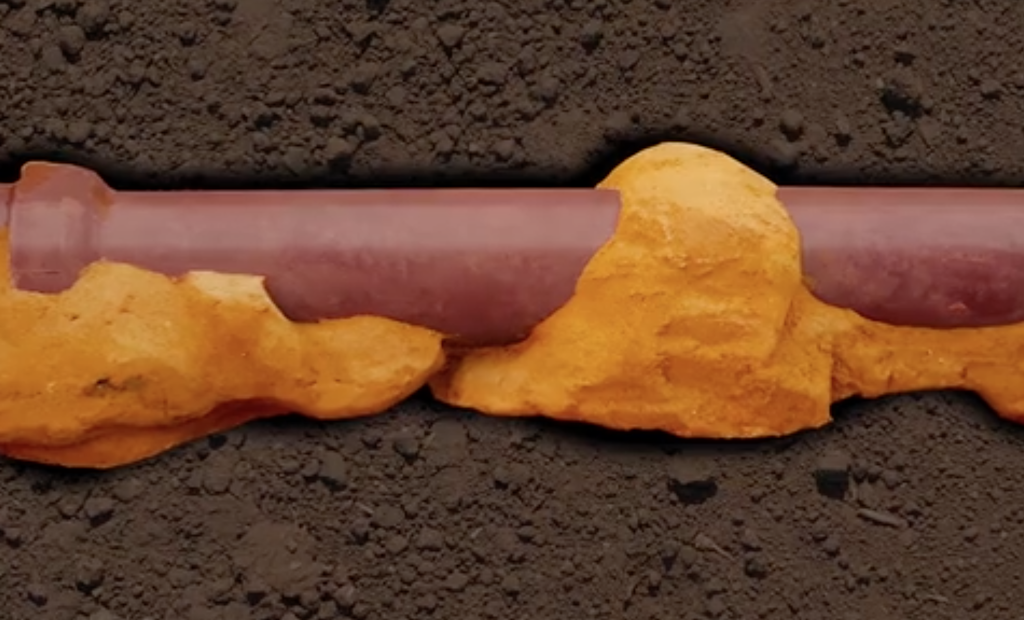Interested in Education/Training?
Get Education/Training articles, news and videos right in your inbox! Sign up now.
Education/Training + Get AlertsNASSCO’s mission is to set standards for the assessment, maintenance and rehabilitation of underground infrastructure and to ensure the continued acceptance and growth of trenchless technologies. We do this through education, technical resources and advocacy.
With those goals in mind, NASSCO’s Infiltration Control Grouting Committee has been busy this past year with the production of several technical resources, including an informational video on the many benefits and features of grouting technology (nassco.org/resource/grouting-technology). The brief video is an excellent tool for anyone new to the grouting industry or for veterans who may need a quick refresher.
The ICGC has also published two new grouting specifications: Pipeline Packer Injection Capital Grouting and Pipeline Packer Injection Pre-Rehabilitation Grouting V2.10. First published in 2014, the Suggested Standard Specifications for Pressure Testing and Grouting of Sewer Joint, Laterals and Lateral Connections quickly became the go-to grouting document. Updated for 2021, that document has been enhanced and renamed Pipeline Packer Injection Pre-Rehabilitation Grouting. Available for contractors, engineers and system owners to download for free at nassco.org/resources/nassco-specification-guidelines, Pipeline Packer Injection Pre-Rehabilitation Grouting addresses the needs to eliminate infiltration prior to installing other rehabilitation methods and the ability of chemical grouting to act as a complementary technology after installed.
The second specification, Pipeline Packer Injection Capital Grouting, was developed by ICGC to address long-term grouting means and methods that provide pipe stabilization by creating a pipe cradle-like stability in the bedding and a volumetrically significant, long-term water seal outside the pipe. This will eliminate all groundwater and rainfall induced infiltration entering a defect or leaking joint. Installed per these new industry standards, it has an anticipated service life of 25 years or more.
Traditional grouting practices focused on placing a minimum amount of grout in the pipe gasket space and immediately outside the defect. This historically produced the desired decrease in infiltration but did not achieve pipe stabilization and generally resulted in a shorter service life. NASSCO’s ICGC has spent several years developing the new specifications for capital grouting while still recognizing the need to quickly eliminate infiltration when installing other rehabilitation technologies. This resulted in the offering of two separate specifications, one for pre-rehabilitation grouting and a second for capital grouting.
NASSCO’s ICGC has also been busy working toward the release of a white paper detailing the research and proven technology behind the capital grouting methods that achieve the pipe stabilization and long-term seals described in the new specification.
About the Author
Sheila Joy is executive director of NASSCO. She can be reached at director@nassco.org.






